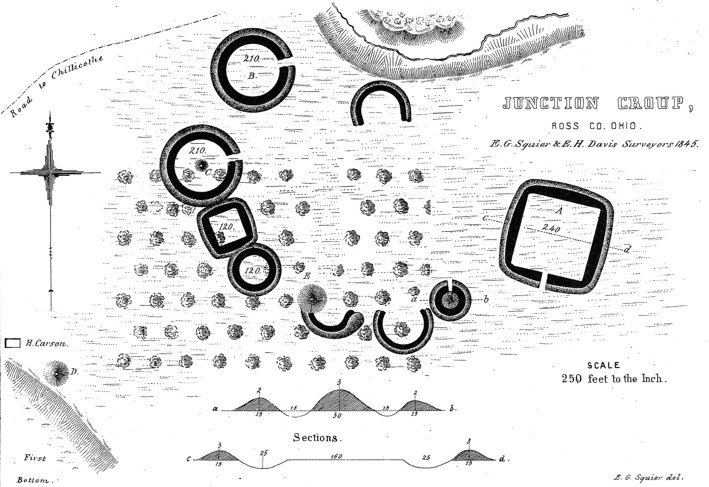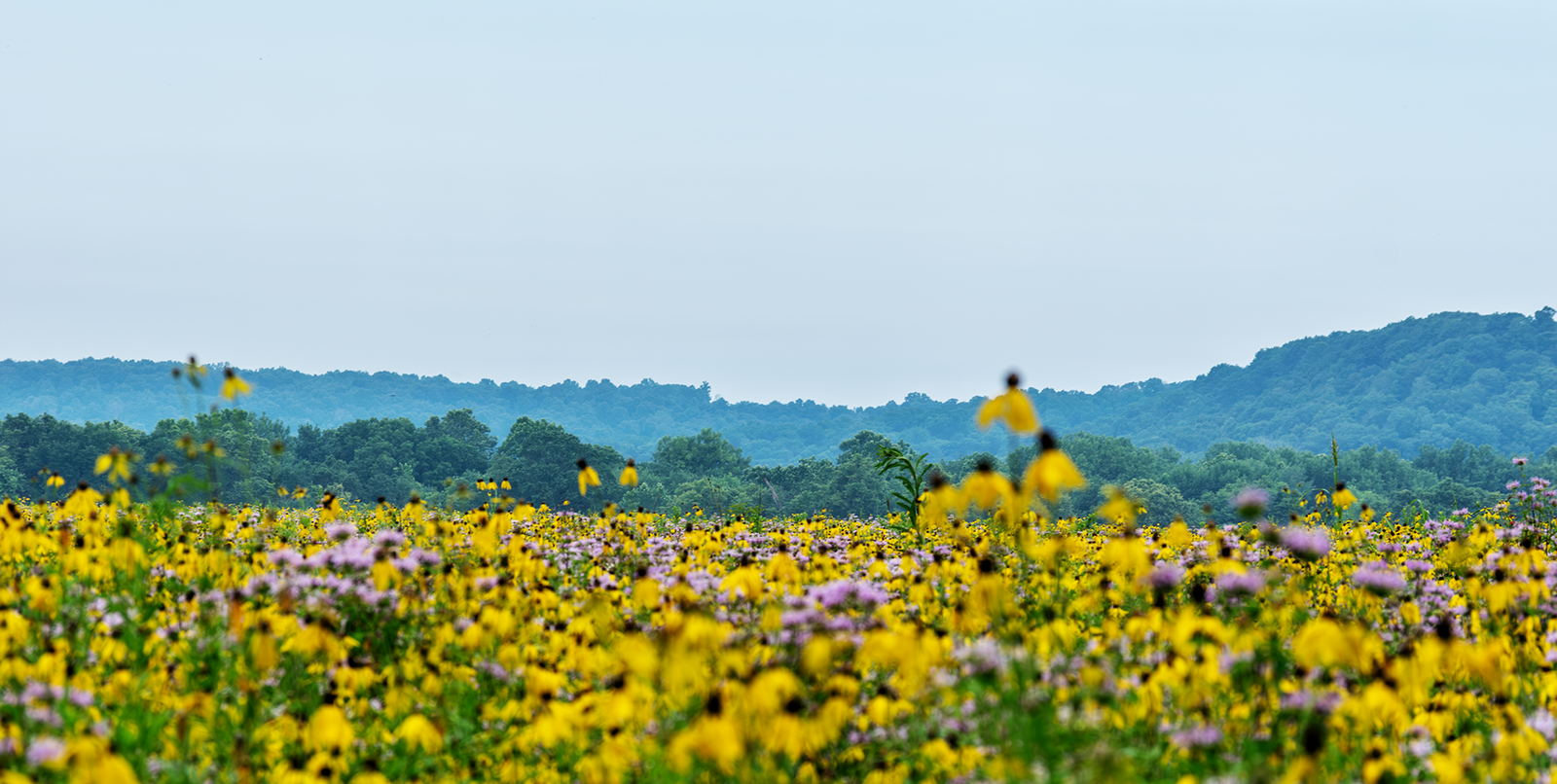In the heart of the Midwest lies a captivating historical site that continues to intrigue archaeologists and historians alike: the Junction Earthworks. This ancient complex, nestled in Ohio’s picturesque landscape, stands as a testament to the rich cultural heritage of the indigenous peoples who once thrived in these lands.
Unveiling the Junction Earthworks
The Junction Earthworks, located near Chillicothe, Ohio, encompasses a series of geometrically precise earthworks dating back over 2,000 years. Constructed by the indigenous cultures of prehistoric America, these earthworks served multifaceted purposes ranging from ceremonial rituals to astronomical observations.
The site is renowned for its striking geometric patterns, including circles, squares, and octagons, meticulously aligned with celestial events such as solstices and equinoxes. These alignments suggest a sophisticated understanding of astronomy and the natural world among the ancient inhabitants.
Clark and Davis Drawings: A Window into the Past
Among the earliest explorers and documenters of the Junction Earthworks were Ephraim George Squier and Edwin Hamilton Davis, whose meticulous drawings and descriptions from the mid-19th century provide invaluable insights into the site’s original form and structure.

Ephraim George Squier
Squier, an ethnologist and archaeologist, partnered with Davis to extensively survey and document numerous ancient earthworks across the Midwest. Their collaborative efforts resulted in detailed maps and drawings that remain foundational to modern archaeological studies.
Squier’s drawings of the Junction Earthworks depict the intricate layout of mounds and embankments, capturing the scale and precision of the ancient construction. His keen eye for detail and dedication to accuracy have preserved a visual record that continues to inform contemporary interpretations.
Edwin Hamilton Davis
Davis, a physician turned archaeologist, complemented Squier’s work with his own artistic renderings and field notes. His contributions included detailed measurements and observations, shedding light on the cultural practices and societal organization of the ancient builders.
Davis’ drawings of specific features within the Junction Earthworks, such as the central mounds and avenues, provide additional layers of understanding regarding their intended functions and ceremonial significance.
Legacy and Modern Interpretations
The legacy of Squier and Davis lives on through their pioneering efforts to document and interpret the Junction Earthworks and other similar sites. Their work laid the groundwork for subsequent archaeological investigations and continues to inspire new generations of researchers.
Today, ongoing research and technological advancements allow archaeologists to delve deeper into the mysteries of the Junction Earthworks. Modern surveying techniques and analytical tools provide enhanced insights into the cultural, social, and spiritual aspects of the ancient societies that once inhabited these lands.
Conclusion
The Junction Earthworks stand as enduring testaments to the ingenuity and cultural richness of Ohio’s ancient peoples. Through the meticulous drawings and detailed observations of pioneers like Squier and Davis, we gain a glimpse into a world shaped by celestial alignments and ceremonial practices.
As we continue to unravel the mysteries of this remarkable archaeological site, the drawings and documentation of Clark and Davis remain invaluable resources, guiding us in our quest to understand the past and preserve its legacy for future generations.
In exploring the Junction Earthworks, we not only uncover the secrets of a distant past but also celebrate the enduring spirit of discovery that drives archaeological inquiry.




